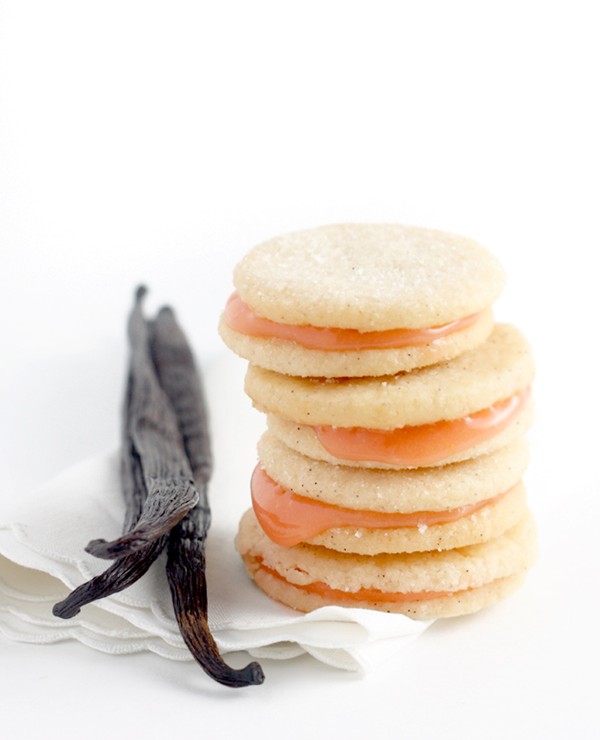Hand harvested foods
September 2, 2014 by Darcie
Yesterday we looked at cult culinary items and Susie just discussed cultured foods, so in keeping the “cult” terminology, today we’ll look at cultivation–more specifically, how even in this technological age, some foods still require hand cultivation, harvesting and processing. While almost every crop has yielded to mechanization, some are too fragile or complex to easily automate. NPR takes a look at five hand-harvested crops.
Most cooks are probably already familiar with the painstaking process of harvesting saffron, but other crops that rely on human intervention aren’t as well-known. Vanilla is one of those crops. The fruit of an orchid that flowers only once a year, vanilla beans are among the most labor-intensive crop on the planet. Each of the flowers has to be hand-pollinated.
Chocolate is also dependent on hand harvesting, and in a twist of irony, some cacao farm workers have never tasted the finished product. Cotton, which produces cottonseed oil used by many potato chip companies, is mostly mechanized in the U.S., but in many central Asian countries cotton is still hand planted and harvested.
Although not mentioned in the NPR article, a significant percentage of fruits and vegetables are still hand harvested. Some fruits and vegetable are just too fragile for current mechanical harvesting methods. Most strawberries are hand picked, as well as berries, apples, and cherries. In some cases technology assists workers who still harvest produce by hand. Iceberg lettuce is cut by hand but the heads are place on conveyor belts instead of being carried by the pickers. New technologies are continually being tested to make harvests less labor intensive, but much of the fresh produce you eat was probably picked by a person, not a machine.
Photo of Vanilla bean sandwich cookies with strawberry lemonade curd from Sophistimom
Categories
- All Posts (6940)
- Antipasto (2135)
- Author Articles (247)
- Book News (935)
- Cookbook Giveaways (983)
- Cookbook Lovers (257)
- Cooking Tips (109)
- Culinary News (299)
- Food Biz People (552)
- Food Online (791)
- Holidays & Celebrations (272)
- New Cookbooks (149)
- Recipes (1500)
- Shelf Life With Susie (231)
- What's New on EYB (133)
Archives
Latest Comments
- Pamsy on What foods do you look forward to the most for each season?
- Pamsy on How cookbooks can help build resilience
- DarcyVaughn on Danube Cookbook Review and Giveaway
- hettar7 on JoyFull – Cookbook Review & Giveaway
- eliza on What foods do you look forward to the most for each season?
- kmwyman on Rooza by Nadiya Hussain – Cookbook Review and Giveaway
- Maryd8822 on The Golden Wok – Cookbook Giveaway
- Dendav on Danube Cookbook Review and Giveaway
- sanfrannative on Rooza by Nadiya Hussain – Cookbook Review and Giveaway
- darty on Danube Cookbook Review and Giveaway